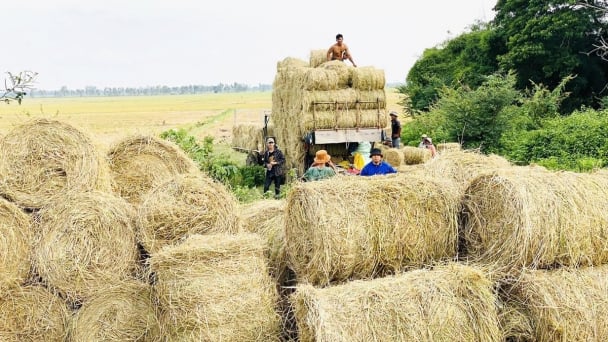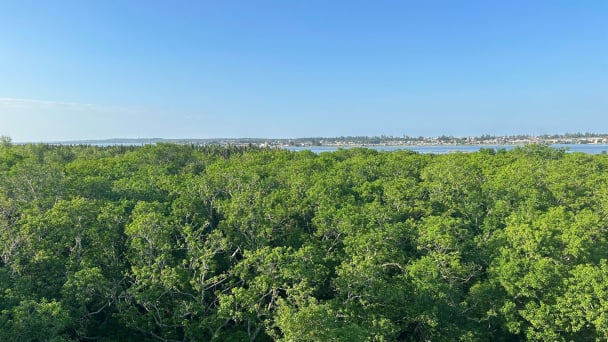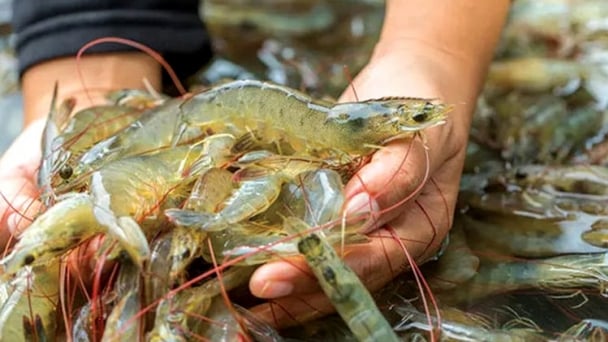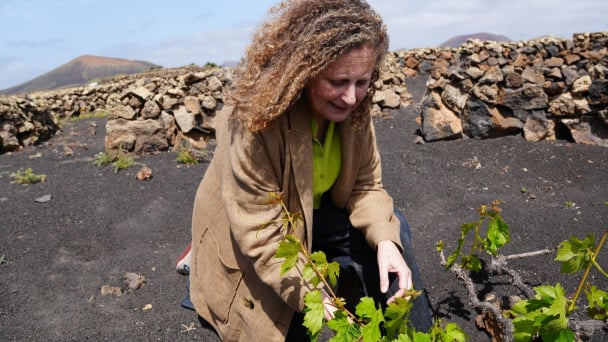May 23, 2025 | 10:18 GMT +7
May 23, 2025 | 10:18 GMT +7
Hotline: 0913.378.918
May 23, 2025 | 10:18 GMT +7
Hotline: 0913.378.918
What does this year’s theme “Living in harmony with nature and sustainable development” for the International Day for Biological Diversity mean, madam?
The International Day for Biological Diversity on May 22, 2025, launched by the United Nations, carries the theme “Living in harmony with nature and sustainable development.” This theme highlights the vital connection between nature, biodiversity, and the sustainable development of humanity.

Dr. Hoang Thi Thanh Nhan – Deputy Director of the Nature and Biodiversity Conservation Agency, Ministry of Agriculture and Environment. Photo: Yen Thi.
Biodiversity is the foundation of all life and plays a vital role in human health, the planet, and economic prosperity on Earth. We depend on biodiversity for food, medicine, energy, clean air and water, protection from natural disasters, and inspiration for spiritual well-being. This year’s theme reflects the core message of the Kunming-Montreal Global Biodiversity Framework (GBF), adopted at the 15th Conference of the Parties to the Convention on Biological Diversity (CBD COP15), as well as the 2030 Agenda for Sustainable Development and its Sustainable Development Goals (SDGs).
In observance of the International Day for Biological Diversity, the United Nations calls on all nations and sectors of society to take action to protect nature and biodiversity. It urges the strengthened implementation of both the Kunming-Montreal Global Biodiversity Framework and the 2030 Agenda to ensure a sustainable future for our planet and humanity.
Following the ambitious goals set at the 15th Conference of the Parties to the Convention on Biological Diversity, what notable outcomes were achieved at the recent 16th Conference?
The 16th Conference of the Parties to the Convention on Biological Diversity (COP16) was held from October 20 to November 1, 2024, in Cali, Colombia, with a follow-up session from February 25 to 27, 2025, in Rome, Italy.
COP16 adopted mechanisms and tools to accelerate the implementation of the Kunming-Montreal Global Biodiversity Framework (GBF) and to achieve the goals of the Convention on Biological Diversity (CBD). A key outcome of COP16 was the approval of decisions on financial mechanisms and a Strategy to mobilize financial resources for implementing the CBD and GBF. The conference also established the Cali Fund to ensure the fair and equitable sharing of benefits arising from the use of digital sequence information (DSI) on genetic resources. Additionally, COP16 adopted a monitoring framework for GBF implementation along with mechanisms for reporting and evaluation. It also proposed solutions to enhance the participation of indigenous peoples and local communities in implementing the CBD.
The conference urged member countries to revise their National Biodiversity Strategies and Action Plans (NBSAPs) to align with the targets and monitoring indicators of the GBF. It also recommended implementing measures to strengthen biodiversity conservation in accordance with national laws, socio-economic contexts, and relevant international obligations.
At this conference, the host country Colombia and the Convention Secretariat also endorsed the World Coalition for Peace with Nature Declaration. The declaration calls for transforming the relationship between humans and nature to comprehensively address environmental challenges; promoting sustainability alongside social equity, environmental protection, and poverty reduction; and ensuring the full and equitable participation of local communities in decision-making processes.

It is essential to strengthen the conservation and restoration of natural ecosystems. Photo: Yen Thi.
What does Vietnam need to do to implement the Global Biodiversity Framework (GBF) and meet the requirements set out at the 16th Conference of the Parties to the Convention on Biological Diversity?
Vietnam’s National Biodiversity Strategy to 2030, with a vision toward 2050, has identified the key focus for the coming period: strengthening the conservation and restoration of natural ecosystems, wildlife species, and genetic resources in Vietnam. This aims to preserve and enhance the values of nature, support green growth, and promote sustainable national development.
To implement the GBF and biodiversity conservation efforts in the upcoming period, I believe we need to prioritize strengthening the effectiveness and efficiency of state management over biodiversity conservation and carry out the following tasks:
Improve laws and institutional frameworks on biodiversity management to ensure unified governance, align with international commitments, and adapt to new practical circumstances; strengthen the capacity for biodiversity law enforcement.Integrate biodiversity conservation into planning, strategies, and plans of various economic sectors, especially agriculture, forestry, fisheries, tourism, transportation, energy, and land use; mobilize resources to implement the National Biodiversity Strategy and biodiversity conservation goals within relevant planning and programs.
Continue to strengthen communication and raise awareness to enhance responsibility in achieving biodiversity conservation goals; mobilize the participation of communities, the private sector, and other stakeholders in conservation, restoration, and sustainable use of biodiversity.
Strictly control impacts on biodiversity, especially those from development projects, by effectively conducting strategic environmental assessments and environmental impact assessments.
Expand international cooperation and technology transfer; promote scientific research to improve the effectiveness of biodiversity conservation and harness its values to support socio-economic development.
Establish and strengthen biodiversity information systems and databases; apply information technology and promote digital transformation in the management of natural heritage and biodiversity.
With these solutions, it is hoped that in the near future, Vietnam will address the greatest current challenge: balancing socio-economic development with environmental protection in general, and nature and biodiversity conservation in particular.
“On this International Day for Biological Diversity, I want to send a message to everyone: Conserving biodiversity is each person’s responsibility to Mother Earth; it means protecting ourselves and the future of generations to come. Let us act together to preserve and promote the value of biodiversity that nature has bestowed upon our country,” said Dr. Hoang Thi Thanh Nhan.
Thank you very much!
Translated by Phuong Linh
![Ho Chi Minh city adapts to climate change: [2] Accelerating action](https://t.ex-cdn.com/nongnghiepmoitruong.vn/608w/files/chiqk/2025/05/22/4024-4220-bien-doi-khi-hau-1-100626_766.jpg)
(VAN) Clearly recognizing the challenges posed by climate change, Ho Chi Minh city has swiftly shaped its policies and implemented practical solutions to adapt.

(VAN) Rice straw is no longer just a discarded byproduct, but it is becoming a green resource that helps farmers in the Mekong Delta reduce emissions and promote circular, sustainable agriculture.

(VAN) Other Effective Area-based Conservation Measures (OECMs) are solutions that contribute effectively to achieving the goals of the Kunming–Montreal Global Biodiversity Framework.

(VAN) A study assessing the carbon footprint of whiteleg shrimp farming in China shows the potential for carbon emission reduction through the use of renewable energy.

(VAN) Brazil, China, Mexico and Spain receive new designations of Globally Important Agricultural Heritage Systems from FAO.
![Reducing emissions from rice fields: [3] New values generated from carbon credit](https://t.ex-cdn.com/nongnghiepmoitruong.vn/608w/files/content/2025/05/19/dsc09613-144700_71-150957.jpg)
(VAN) In addition to helping safeguard the environment, the low-emission rice cultivation model also generates new opportunities for farmers by leveraging the carbon credit market.